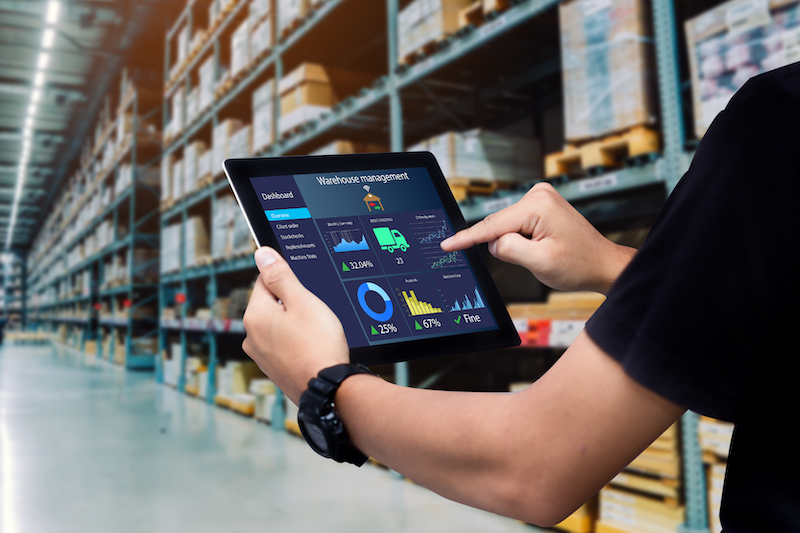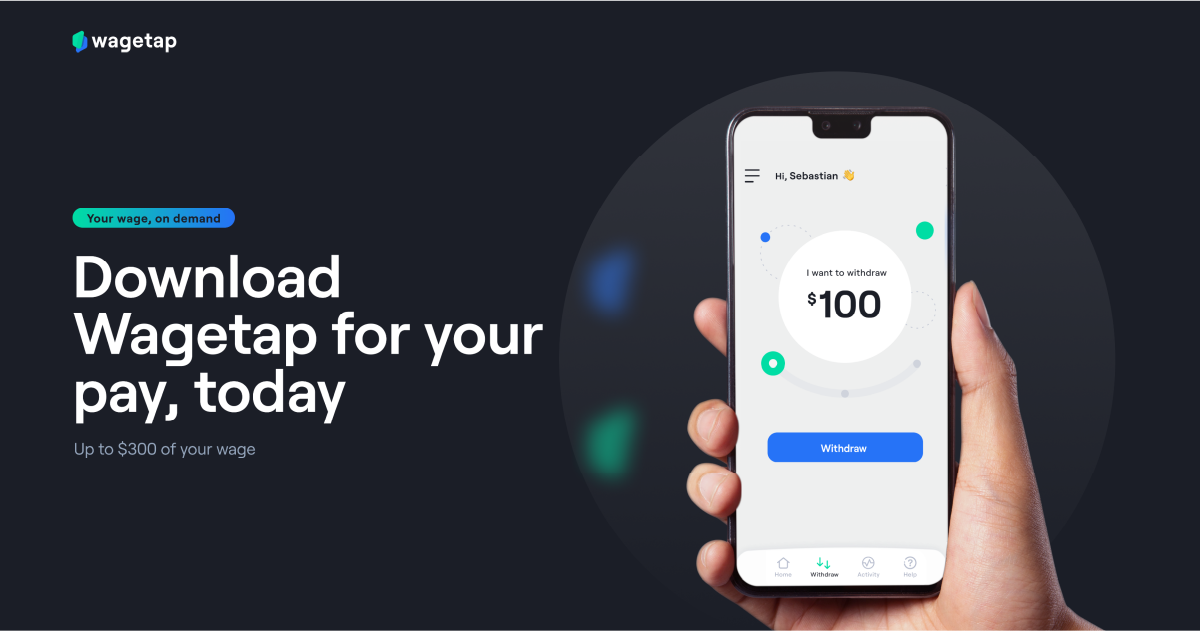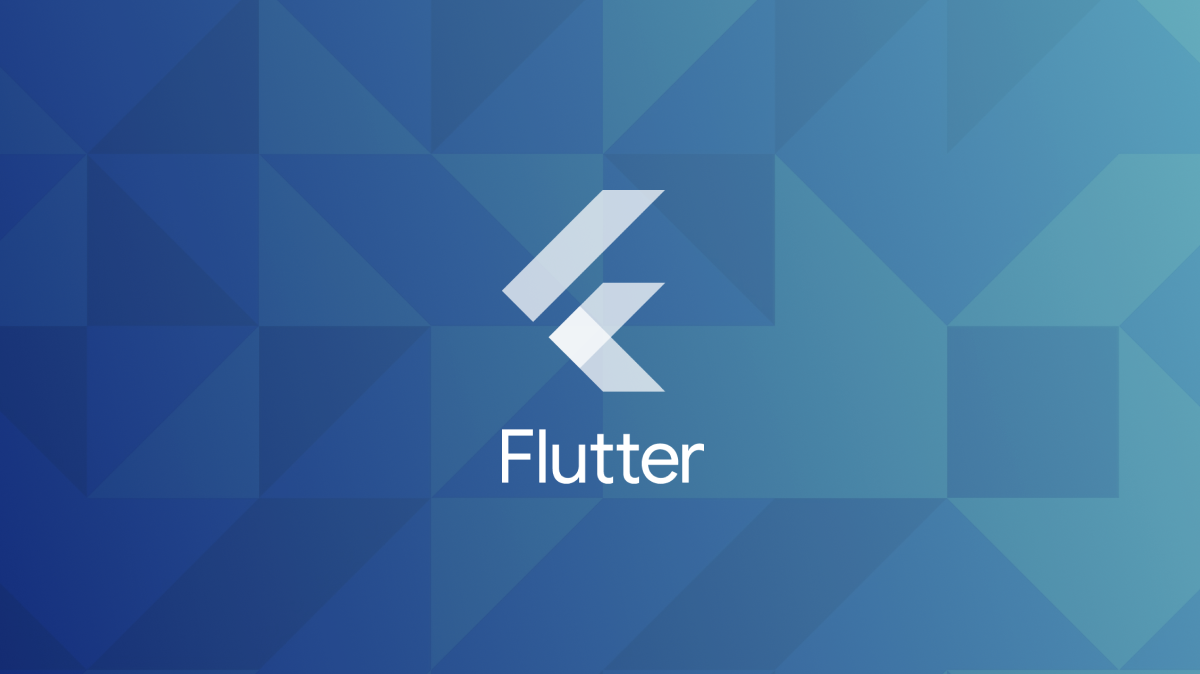In the fast-paced world of e-commerce and business operations, efficient order management is critical for ensuring customer satisfaction and maintaining streamlined operations. Salesforce Order Management System (OMS) has emerged as a robust solution to help businesses manage their order lifecycle seamlessly. This comprehensive guide explores how Salesforce OMS can empower businesses in 2025 and beyond.
What is Salesforce Order Management System?
Salesforce OMS is a cloud-based solution designed to manage and automate the entire order lifecycle, from order capture to delivery and post-purchase service. Integrated with Salesforce’s ecosystem, it provides businesses with real-time insights, automation capabilities, and a unified platform to manage orders efficiently.
Key Features of Salesforce OMS in 2025
- Unified Commerce Experience: Seamlessly integrates online and offline sales channels, ensuring a consistent customer experience.
- AI-Powered Automation: Leverages artificial intelligence to automate order routing, inventory allocation, and demand forecasting.
- Real-Time Inventory Visibility: Provides up-to-date insights into stock levels across multiple warehouses and retail locations.
- Flexible Fulfillment Options: Supports ship-from-store, curbside pickup, and drop shipping to meet diverse customer preferences.
- Customizable Workflows: Offers drag-and-drop tools to create and adapt order processes without extensive coding.
- Scalable Architecture: Designed to handle high order volumes and adapt to growing business needs.
- Integration with ERP and CRM: Seamlessly connects with other enterprise systems to ensure data consistency and operational efficiency.
Benefits of Implementing Salesforce OMS
- Enhanced Customer Experience: Faster order processing, real-time order tracking, and flexible delivery options improve customer satisfaction.
- Operational Efficiency: Automation reduces manual errors and speeds up fulfillment processes.
- Increased Sales Opportunities: Omnichannel capabilities enable businesses to capture more sales across various platforms.
- Improved Inventory Management: Real-time data helps in better inventory planning and reduces stockouts or overstock situations.
- Scalability: Easily accommodates business growth and seasonal demand spikes.
Salesforce OMS Trends to Watch in 2025
- Hyper-Personalization: Using AI and machine learning to deliver tailored order experiences.
- Sustainability Focus: Integration of eco-friendly practices in order fulfillment and logistics.
- Blockchain for Transparency: Leveraging blockchain technology for secure and transparent supply chain management.
- Advanced Analytics: Predictive analytics for proactive decision-making and demand forecasting.
- Augmented Reality (AR) Integration: Enhancing post-purchase experiences with AR-powered product setup and support.
How to Implement Salesforce OMS Successfully
- Assess Business Needs: Identify specific challenges and goals in order management.
- Plan Integration: Develop a strategy to integrate OMS with existing systems like ERP, CRM, and e-commerce platforms.
- Customize Workflows: Leverage Salesforce’s low-code tools to tailor workflows to your business processes.
- Train Teams: Provide comprehensive training to staff for smooth adoption.
- Monitor and Optimize: Use built-in analytics to track performance and make data-driven improvements.
Conclusion
Salesforce Order Management System is a game-changer for businesses aiming to enhance efficiency, scalability, and customer satisfaction in 2025. By adopting this cutting-edge solution, companies can streamline their operations, stay ahead of market trends, and deliver exceptional customer experiences. Investing in Salesforce OMS is a strategic move towards future-proofing business operations in the ever-evolving digital marketplace.
Stay ahead in 2025 with Salesforce OMS—the cornerstone of modern order management.




